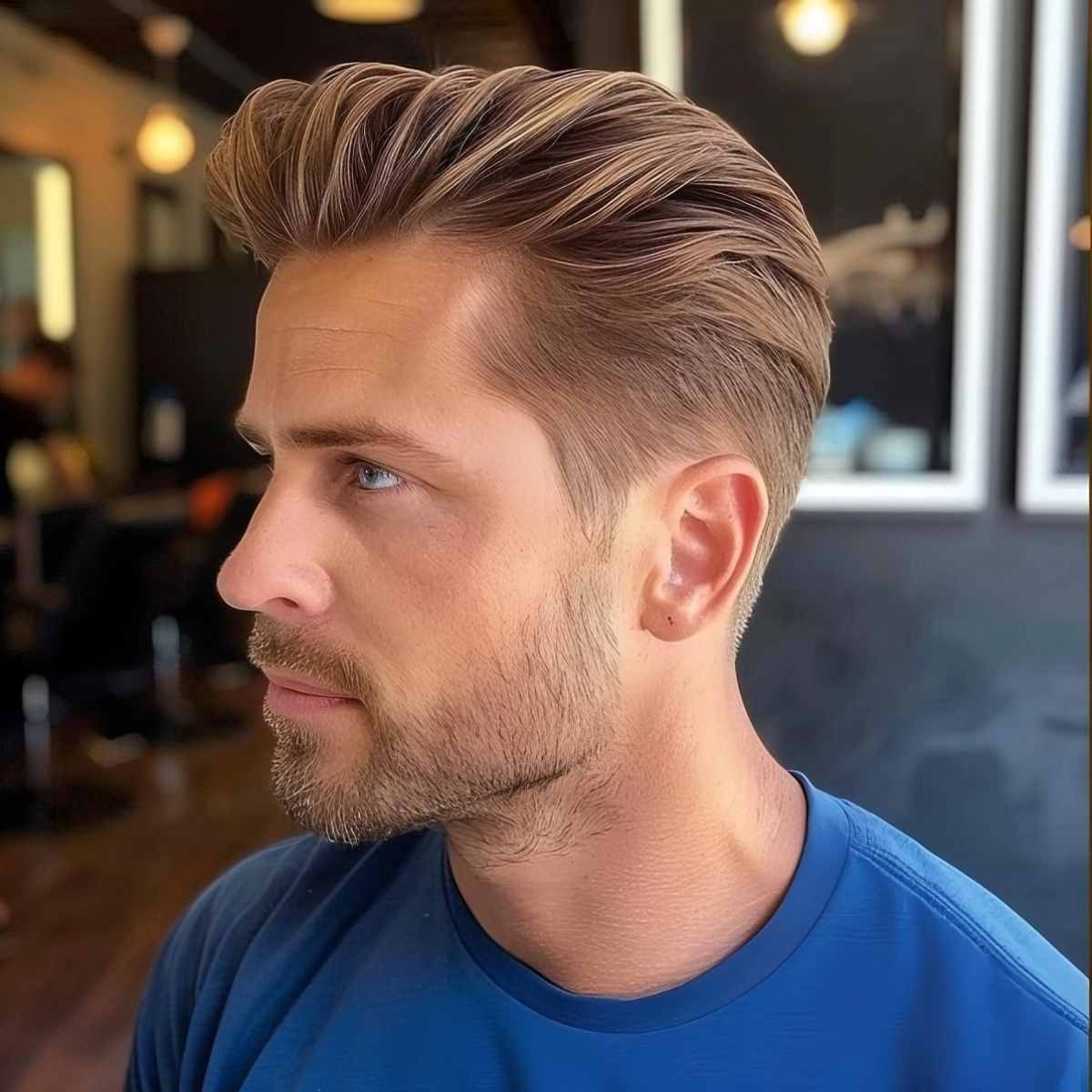Ensuring Client Health Through Effective Health and Protection Guidelines in the Grooming Industry
Ensuring Client Health Through Effective Health and Protection Guidelines in the Grooming Industry
Blog Article
The hair grooming industry plays a significant position in individual grooming and self-care. Nonetheless, it is vital to prioritize the wellness and security of both customers and stylists in this setting. Robust sanitation and safety regulations are crucial for maintaining hygiene standards, preventing incidents, and ensuring a favorable interaction for all parties involved. By following these regulations, barbers can create a safe space that encourages confidence and comfort among clients.
A single critical aspect of well-being and hygiene in barbering is sanitation. Barbers must adhere to strict hygiene protocols, including frequent disinfecting of tools and workstations. This involves sanitizing shears, trimmers, and combs after every use to remove the risk of spreading germs or contamination. Moreover, professionals should use clean capes and towels for each client to maintain a sanitary environment. Implementing these measures not only safeguards customers but also enhances the reputation of the barbering establishment.
Another important requirement addresses the safe handling of chemicals used in hair treatments. Products such as coloring agents, relaxers, and other formulations can present hazards if not handled correctly. Barbers must follow safety guidelines for the storage and use of these chemicals to avoid dermal reactions or sensitivities among customers. Using protective gear and providing adequate ventilation during treatments are crucial steps that barbers should implement to protect customer well-being while offering high-standard care.
Injury avoidance is also a key component of wellness and security requirements in grooming. Barbershops should be designed with safety in mind, minimizing hazards such as slippery floors or cluttered areas. Team members should be educated in emergency procedures, including how to handle lacerations or thermal injuries that may happen during service. Providing medical supplies and confirming that all staff members know their placements is an effective browse around here way to anticipate unforeseen events. By emphasizing preventative actions, practitioners can maintain an atmosphere where patrons feel safe and cared for.
Finally, effective interaction is essential to supporting customer safety in the barbering industry. Stylists should consult patrons about their needs and any potential risks associated with the treatments provided. This includes reviewing allergies to products or previous negative experiences reported by individuals. By encouraging open dialogue, barbers go can build trust with their customers while delivering that they get customized attention tailored to their individual requirements. In the end, upholding health and safety regulations will lead to improved customer experience and a successful haircare practice.